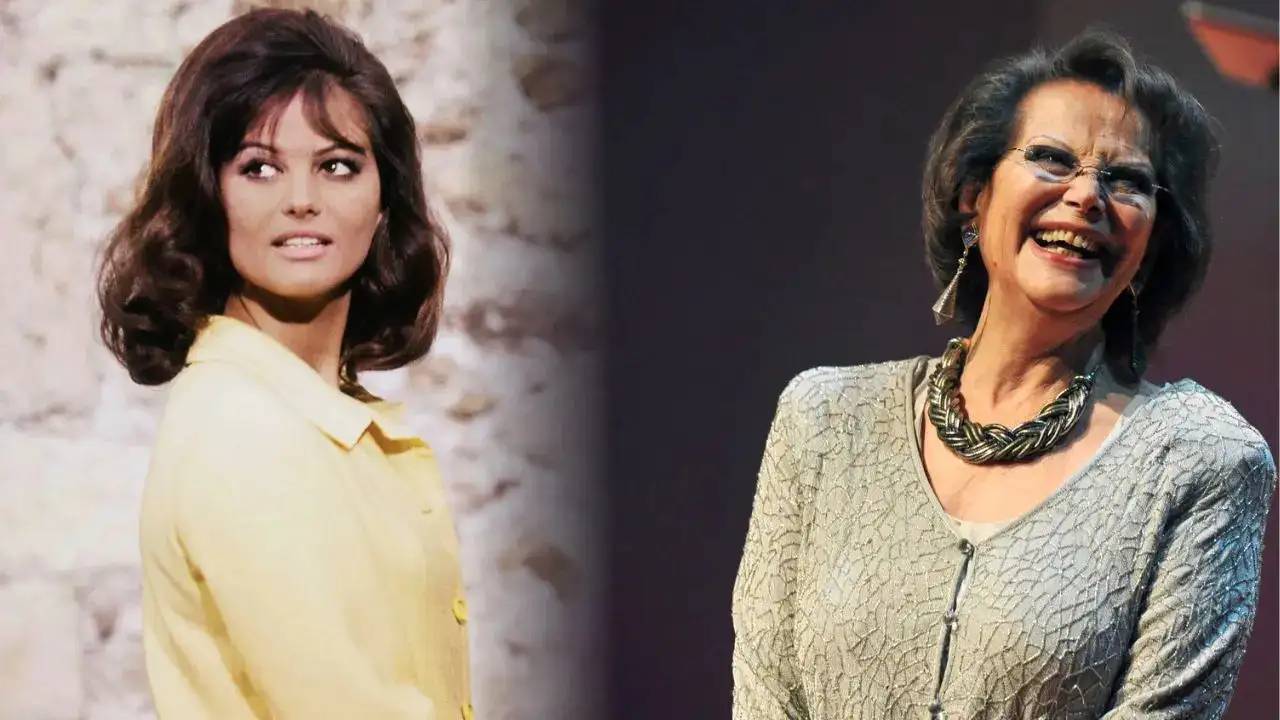- Accept the darkest role Michelle Pfeiffer has ever played.
- At a neighborhood yard sale, where she is unable to sell any stuff.
- Kyra spots Doug, and the two of them get quite close.
With a four-decade long film career, Michelle Pfeiffer is a force to be reckoned with. She commands the screen by portraying dramatic, funny, and heroic characters in films including Scarface (1983), Hairspray (2007), and Ant-Man and the Wasp: Quantumania (2023). Kyra has vanished. (2017) portrays a totally different woman than viewers are likely used to seeing the actress play, yet she is nonetheless captivating. This is not a glamorous or vibrant performance; rather, it is a brutally honest character study of a desperate woman careening into reckless, impossible choices. Although it’s heartbreaking, you can’t help but stare at it, and as the title suggests, you shouldn’t turn away either. Accept the darkest role Michelle Pfeiffer has ever played.
How can I find Kyra? Draws a Drab Picture of Poverty
In a modest Brooklyn apartment, unemployed Kyra Johnson (Pfeiffer) is shown tending to her ailing mother Ruth (Suzanne Shepherd). They have a wonderful, tight relationship, with Kyra being understanding and caring for the older, slower woman. The world Kyra had grown accustomed to is irrevocably turned upside down when her mother passes away. She has survived on her mother’s pension payments, which are currently as depleted as Mrs.
She can hardly afford to buy a drink at the neighborhood pub without work, much less keep the heat on in the flat, and she keeps getting turned down for job interviews. She is alone since she lacks a social network. Kyra gets the human touch she’s reluctant to confess she desires when she meets Doug (Kiefer Sutherland). He’s a great guy who wants to put his dishonest past behind him, and their affair seems to help them recover from life’s burdens. Then Kyra makes matters worse by including Doug in a plan that was flawed from the beginning.
Kyra is purposefully and stylistically constrained by director Andrew Dosunmu, who wants the audience to actively look out for her. When she dyes her hair, the camera is pointed directly at her face, sharply focusing on the tile wall behind her but leaving her face out of focus. The title, which is written in large, strong, white letters and appears on the screen as a question that spectators will eventually receive an answer to, performs its own job of ensuring that she stays on everyone’s mind.
The titular figure is closely framed in the director Bradford Young’s (Selma, Arrival) cinematography. Heavy shadows hide her in sequences where she ought to be the focus, but Michelle Pfeiffer, an accomplished actress, ensures that Kyra never sinks too deeply into the background. Mirrors are employed to record Kyra’s movements as she moves through or around a place, as if catching a glimpse of a non-main character stranger. She is occasionally illuminated by overhead lights or a little lamp as she cleans dishes, sits in a mortuary, or lies in bed. She is currently clutching on as the world moves away from her.
Philip Miller’s score for Where Is Kyra? is harsh and strong when it begins, creating a terribly uneasy feeling of tension. This theme gives life to Kyra’s inner struggle by fusing industrial noises (that sound like a subway train passing by) with the metallic clicking of a walking cane hitting pavement. She’s not only growing older and slipping into society’s periphery; she’s heading straight for total forgetfulness. The crowd is tense if she is. A sudden outpouring of unrestrained delight might be just as startling as the score.
At a neighborhood yard sale, where she is unable to sell any stuff, Kyra spots Doug, and the two of them get quite close. Despite her meagre earnings, being with Doug makes her feel more at ease. She then adds, “Are you going to help me pack up all of this shit?” before the two playfully elbow one another. When the camera switches to a wide picture of the gathering place, Kyra can be seen jumping in the middle of a jump rope being swung by two girls while customers and other table users watch. This usage of slow motion makes it possible for the scene to linger just long enough for the smile on her face to elicit a moving emotion. Even though the joy is only fleeting, it is nonetheless a comfort.
How can I find Kyra? Taps into Horror Film Ambience
You might mistake this drama for a horror film when the ominous ambient score reappears, but that isn’t the only time. Several scenes feature Mrs. Johnson, an old woman who appears to be wandering aimlessly as she makes her way home or explores a mall. Doug describes an unexpected encounter he had while out with Kyra, saying, “I saw a woman today who looked precisely like your mother. She even walked in front of my automobile with a similar gait to hers.
It made me feel a little uneasy. Uncertainty about whether these are real memories or perhaps dreams makes it difficult to determine their context in the story. Where Is Kyra? is firmly grounded in a grim reality even though it incorporates elements of the horror genre—the title character is undoubtedly in her own horror narrative.
Kyra’s ghost is youth. The problems of ageism keep prodding her, aggravating her financial woes. A frustrated, dejected chuckle escapes her lips as she regrets not being a “spring chicken.” Her clothing is either too small, too old-fashioned, or both at the same time.
She dons a pink shirt, leopard print jacket, and outgrown jean skirt for an unsuccessful interview. She also tries to mend the skirt. Later, when Kyra checks to see if she was employed, she instead notices the younger employee. When Kyra interacts with her ex-pregnant husband’s wife, she is once again forced to play the “older lady.” This gives the unexpected scenario when Kyra and the two girls are jump roping added significance. She isn’t past the point where she can no longer move quickly, and unlike her mother Ruth, she doesn’t give in to using an oxygen mask. Nonetheless, she is not really useful to society.
The big reveal is tragic, yet the only way the story can culminate. Doug did see Mrs. Johnson, though not the old woman’s phantom. Kyra has been dressing and acting like her deceased mother in order to accept the pension checks. The walks outside, were all a means to keep up the charade Ruth Johnson is alive should anyone ask questions. Detective Brennan (Tony Okungbowa) enters the movie to do exactly that, investigate a case of fraud by requesting to personally talk to Ruth Johnson. In the final twenty minutes, Kyra accepts the dual role she’s trapped herself into.
Michelle Pfeiffer Finds No Way Out
Doug is furious after learning the truth but, because he generally does care for her, he partakes in a nerve-racking setup. What follows is a sequence where Kyra prepares for the transformation, putting on the clothes and strapping on the oxygen mask, crosscutting to how Mrs. Johnson would do the same in the past. Throughout the whole movie, Kyra struggles in maintaining her self-worth, and with no way out, ultimately resigns herself to how society views her. The decision to portray herself as her mother for the detective isn’t an airtight solution, thus the outcome is inevitable leaving Kyra speechless while it falls apart.
There is no sense that justice is restored in an ending where a disenfranchised woman, who steals money from her dead mother, is apprehended. The scheme isn’t even foolproof from the start. Kyra started the fraud out of desperation, not from a mastermind attempt in gaming the system. Not only was there a funeral which witnesses attended, there’s the watchful eye of Gary (Babs Olusanmokun), a custodial worker in Kyra’s apartment.
He’s friendly and inviting, though Kyra never adds much to his greetings other than a hasty response. He’s there for the silent ambulance picking up the body of Mrs. Johnson, red and blue lights flashing across his face. He finds Kyra and Doug searching the trash to recover bags of clothes she tossed away in a poor attempt to cover her tracks. And it’s Gary who sees Kyra in her final appearance, handcuffed, getting walked out to a squad car. She was never getting away with the fraud, it was only a matter of time before the fabrication caught up with her.
Michelle Pfeiffer returned to acting in 2017 after a brief hiatus, appearing in Mother!, Where is Kyra?, and Murder on the Orient Express. Of these three roles, Where Is Kyra? is where Pfeiffer gives the more powerfully subtle, nuanced performance. The movie’s gritty, relentless nature paired with its focus on how society restricts this woman from rising above her misfortune becomes fertile soil for a startling performance. Despite the heaviness, or because of it, director Andrew Dosunmu and leading star Michelle Pfeiffer compel us to keep an eye on Kyra Johnson, ensuring she doesn’t fade into the anonymity she most fears.
[embedpost slug=”michelle-pfeiffer-open-to-reprise-as-catwoman/”]





















